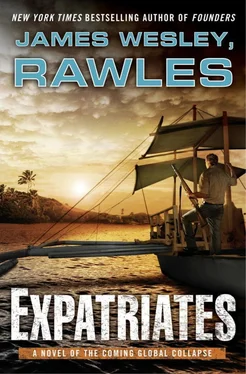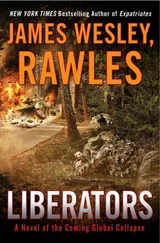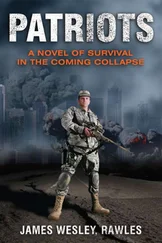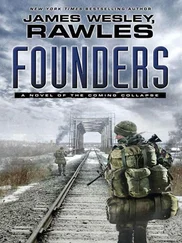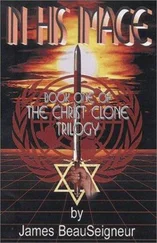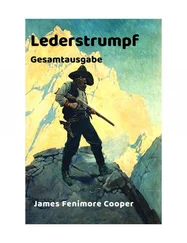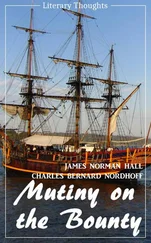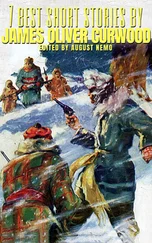The ProvGov’s army was bolstered by large numbers of soldiers from the United Nations Protection Force (UNPROFOR). In areas where resistance was rampant, “temporary detainment facilities” were constructed to house anyone thought to be politically unreliable. Special emphasis was placed on rounding up suspect farmers or ranchers, or anyone remotely connected with food distribution businesses. When farmers were put into custody, their crops were confiscated, plowed under, or burned. Bulk food stocks were carefully monitored by the authorities.
Despite the ProvGov’s efforts, the guerrillas rapidly gained in numbers. As the war continued, resistance gradually increased beyond the UN’s ability to match it. Every new detainment camp spawned the formation of new resistance cells. Every reprisal or atrocity by the UN or federal forces pushed more of the populace and even federal unit commanders into active support for the guerrillas. Increasing numbers of commanders decided to “do the right thing” and abide by the Constitution. The decision to support the document rather than the Provisional Government’s power elite at Fort Knox was becoming widespread. Units as large as brigade size were parlaying with the guerrillas and turning over their equipment. In many instances the majority of their troops joined the resistance.
County after county, and eventually state after state, came under the control of the resistance. The remaining loyal federal and UN units gradually retreated into Kentucky, Tennessee, and Southern Illinois. Most held out there until the early summer of the war’s fourth year. Militias and their allied “realigned” federal units relentlessly closed in on the remaining federal territory from all directions.
Fort Knox, Kentucky—Early July, the Fourth Year
The ProvGov collapsed following a fait accompli roundup that was led by rogue officers at Fort Knox. The UN flag was lowered and the Stars and Stripes were raised in a ceremony at a Fort Knox parade field on July Fourth.
The UNPROFOR’s prison gates were opened, releasing tens of thousands of suspected resistance fighters and those who had been deemed “politically unreliable.” Only common criminals remained incarcerated, and each of their cases was carefully reviewed.
The defeated armies were soon disarmed and demobilized. Apart from a few soldiers who were put on trial for war crimes, the rest of the U.S.-born soldiers were allowed to return to their homes by the end of August. The new interim Restoration of the Constitution Government (RCG) made it clear that if the “bounty” reparation payments stopped, the demob flights would stop.
Maynard Hutchings committed suicide before his extradition process was completed. Most of his staff and a few divisional and brigade commanders were eventually extradited from Europe, given trials, and shot. Hundreds of lower-ranking military officers and local quislings were arrested and similarly put on trial. Sentences included head shavings and brandings. In a few rare cases, death sentences were given. Only a few UN troops who professed fear of retribution if they were returned to their home countries were granted asylum. Each of these individuals was given separate hearings by the RCG. Most of them eventually gained citizenship.
The first elections since before the Crunch were held throughout the United States in the November following the federal surrender at Fort Knox. The Constitution Party and Libertarian Party candidates won in a landslide. A former Wyoming governor—a Libertarian—was elected president. Based on rough population estimates, the new House of Representatives had just ninety seats.
To the Altmillers, the RCG represented a great hope for restoration of all that had been lost, even before the Crunch. Their prayer was that the RCG would usher in an era of minimalist government, negligible taxes, and maximum individual liberty. They also prayed that commerce would flourish, that honest money would prevail, and that the nepotistic relationship among the bankers, Wall Street, and Capitol Hill would not be repeated.
“Once a nation parts with the control of its currency and credit, it matters not who makes the nation’s laws. Usury, once in control, will wreck any nation. Until the control of the issue of currency and credit is restored to government and recognized as its most conspicuous and sacred responsibility, all talk of the sovereignty of Parliament and of democracy is idle and futile.”
—William Lyon Mackenzie King (1874-1950), prime minister of Canada, 1935 speech
Tavares, Florida—March, Eleven Years After the Crunch
The Super Osprey II eight-passenger amphibian plane touched down on Lake Dora and taxied to the City of Tavares Seaplane Base. The breezy day made the water choppy. The Altmillers were waiting excitedly for them at the dock.
It had been nine years since the families had seen each other face-to-face. Lance Altmiller was now nineteen years old. He had found part-time work in the local thrift store, moving and sorting boxes of donated household goods. He still lived at home with his parents. Sarah Jeffords was fifteen and had recently begun arguing with her mother about whether or not she could wear eye makeup. Peter and Rhiannon Jeffords were happy to be back in America, but Sarah felt as if she had left her home—and all of her friends—in Australia.
The first thing Rhiannon said when she saw her sister was “Uggggh. You got old.”
“You’ve got wrinkles, too, sis,” Janelle replied.
“Well, we can count our blessings. At least you never got fat, and I got skinny and I stayed that way. And we all have our health.”
Janelle nodded. “Yes, God is good.”
Unloading their luggage was tricky, even with the amphibian plane pulled up on the gently sloped ramp. The Jeffords had brought seven suitcases, two Pelican pistol cases, and four Kolpin long gun cases. The six people and luggage were a tight squeeze in the two vehicles that the Altmillers had driven to the seaplane base.
The conversations on the short drive to the Altmillers’ home focused on the Jeffords’ lengthy trip. They had taken flights on an Airbus A380 and a Boeing 747-8 to Miami, and then the charter in the smaller amphibian to Tavares. The men were in one vehicle, and the women in the other.
When they reached the house, the day guard ushered them in. Their housekeeper, Elena, already had lunch prepared for them. The habana sandwiches and mojito salad were served with coffee and iced tea. Over lunch, the conversation quickly turned to their family in Bella Coola, British Columbia. Janelle and Rhiannon’s parents, Alan and Claire McGregor, were in their mid-seventies and still living at the ranch there.
“There’s talk of outright resistance in Canada. Almost everyone has wanted the UN troops out for years ,” Jake said emphatically.
“I’ve already been praying about this. I suppose we’ll have to do something about Canada,” Peter said.
“Do you suggest that we support the resistance or join it?” Jake asked.
Peter sighed. “If not now, then when? And if not us, then who?”
000: The Australian emergency service phone number, called Triple Zero. The equivalent of 911 in the United States.
10/22: A semiautomatic .22 rimfire rifle made by Ruger.
1911: See M1911.
2-D: Two-Dimensional.
3-D: Three-Dimensional.
.303 British: The British Commonwealth’s standard rimmed .30 caliber rifle cartridge from the 1890s to the 1950s. Also known as 7.7x56mmR. Used primarily in SMLE rifles and Bren light machine guns. It was replaced by 7.62 NATO with the adoption of the L1A1 rifle.
Читать дальше
